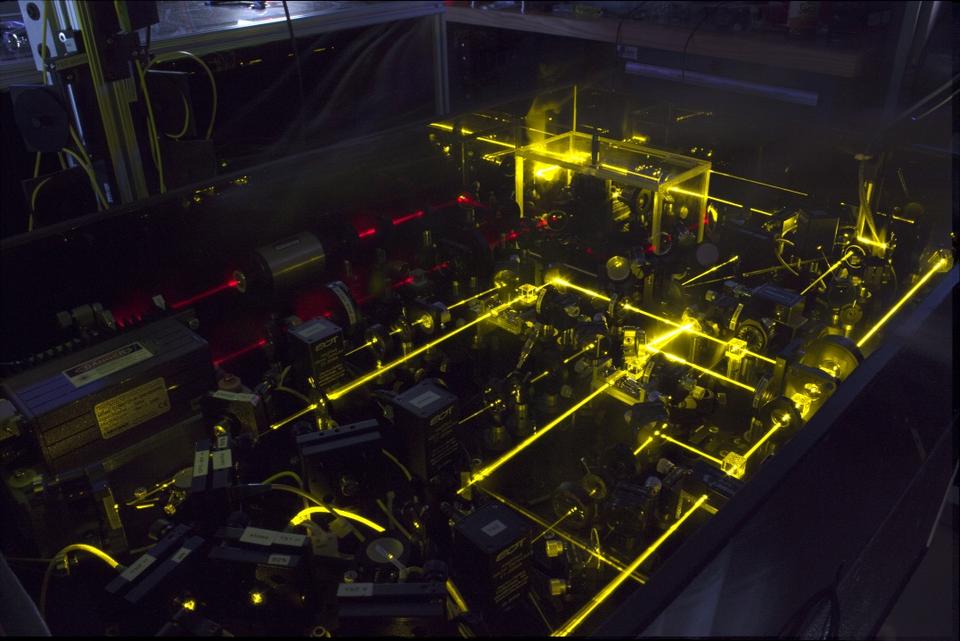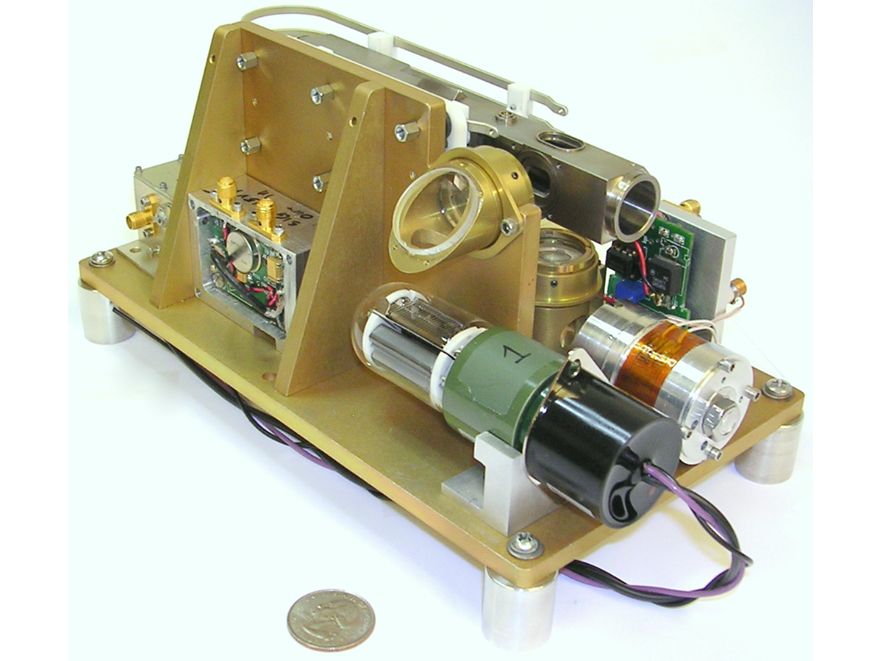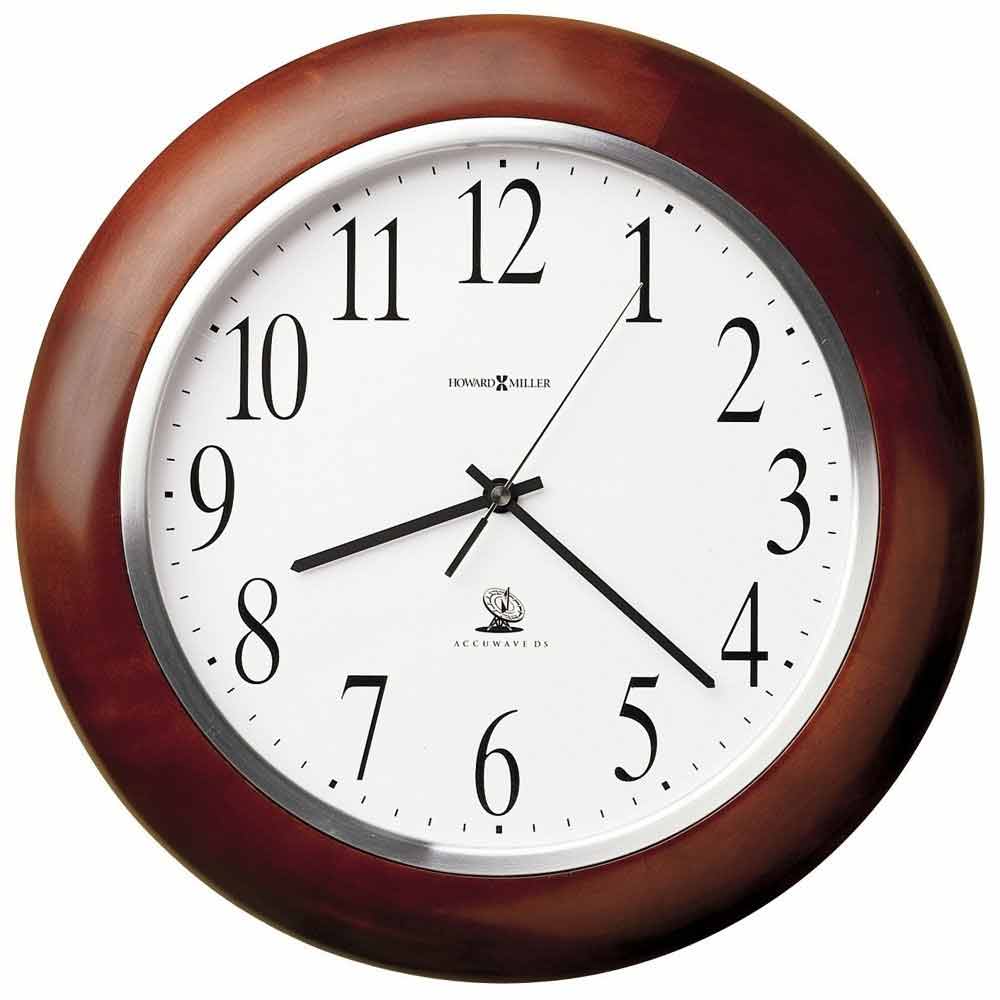

It calibrated ships' chronometers by timing the transit of stars across the meridian. The observatory's primary mission was to care for the United States Navy's marine chronometers, charts, and other navigational equipment. Gilliss was put in charge of "obtaining the instruments needed and books." Lt. Gilliss visited the principal observatories of Europe with the mission to purchase telescopes and other scientific devices, and books. It was established as a national observatory in 1842 by federal law and a Congressional appropriation of $25,000. Goldsborough, with an annual budget of $330 its primary function was the restoration, repair, and rating of navigational instruments. He spent many nights at the observatory, watching and charting the stars, which had always been one of his interests.Įstablishment as an optical equipment depot Įstablished by order of the United States Secretary of the Navy John Branch on 6 December 1830 as the Depot of Charts and Instruments, the Observatory rose from humble beginnings: Placed under the command of Lieutenant Louis M. Īdams had made protracted efforts to bring astronomy to a national level. The names "National Observatory" and "Naval Observatory" were both used for 10 years, until the Secretary of the Navy officially adopted the latter.

President John Quincy Adams, who in 1825 signed the bill for the creation of a national observatory just before leaving presidential office, had intended for it to be called the National Observatory. Early presidential astronomical interest History The 26 inch (66 cm) aperture telescope, with which Asaph Hall discovered the moons of Mars in 1877 the telescope is shown at its modern Northwest DC location. The Naval Observatory performs radio VLBI-based positions of quasars for astrometry and geodesy with numerous global collaborators ( IERS), in order to produce Earth orientation parameters and to realize the celestial reference system ( ICRF).Īside from its scientific mission, the Naval Observatory campus hosts the official residence of the vice president of the United States. Its achievements including providing data for the first radio time signals, constructing some of the earliest and most accurate telescopes of their kind, and helping develop universal time. The USNO has conducted significant scientific studies throughout its history, including measuring the speed of light, observing solar eclipses, and discovering the moons of Mars. It is among the few pre-20th century astronomical observatories located in an urban area initially located in Foggy Bottom near the city's center, it was relocated to its Northwest DC location in 1893 to escape light pollution. The observatory is located in Northwest Washington, D.C. Established in 1830 as the Depot of Charts and Instruments, it is one of the oldest scientific agencies in the United States, and remains the country's leading authority for astronomical and timing data for all purposes.

The United States Naval Observatory ( USNO) is a scientific and military facility that produces geopositioning, navigation and timekeeping data for the United States Navy and the United States Department of Defense.

The Seal of the USNO with a quote from the Astronomica by Marcus Manilius, Adde gubernandi studium: Pervenit in astra, et pontum caelo conjunxit. Naval Observatory Historic District (New Naval Observatory)


 0 kommentar(er)
0 kommentar(er)
